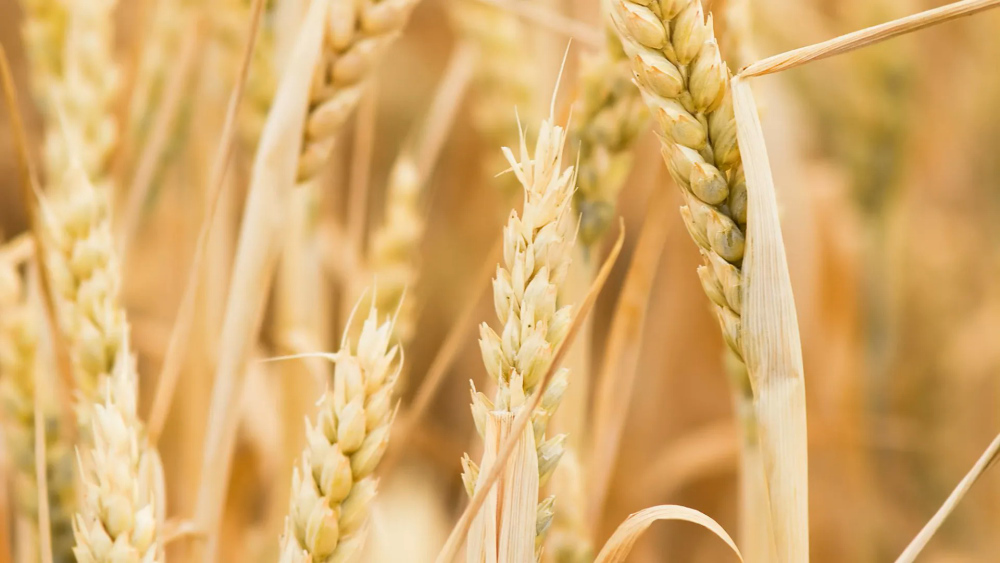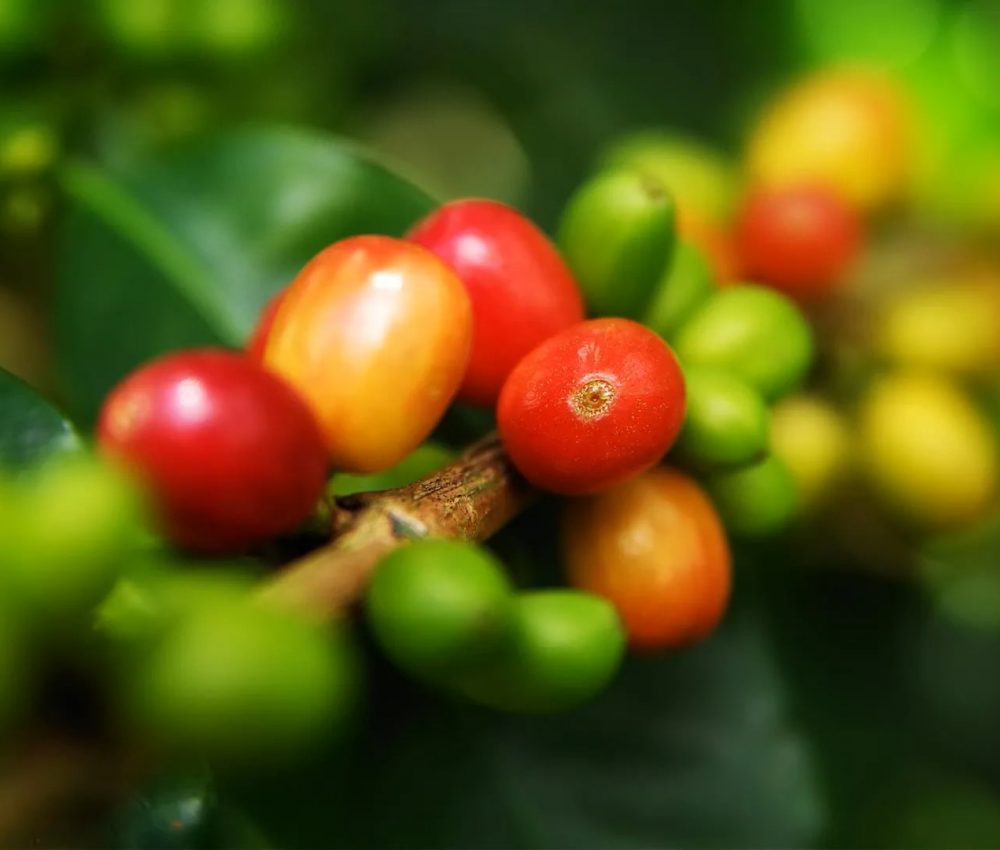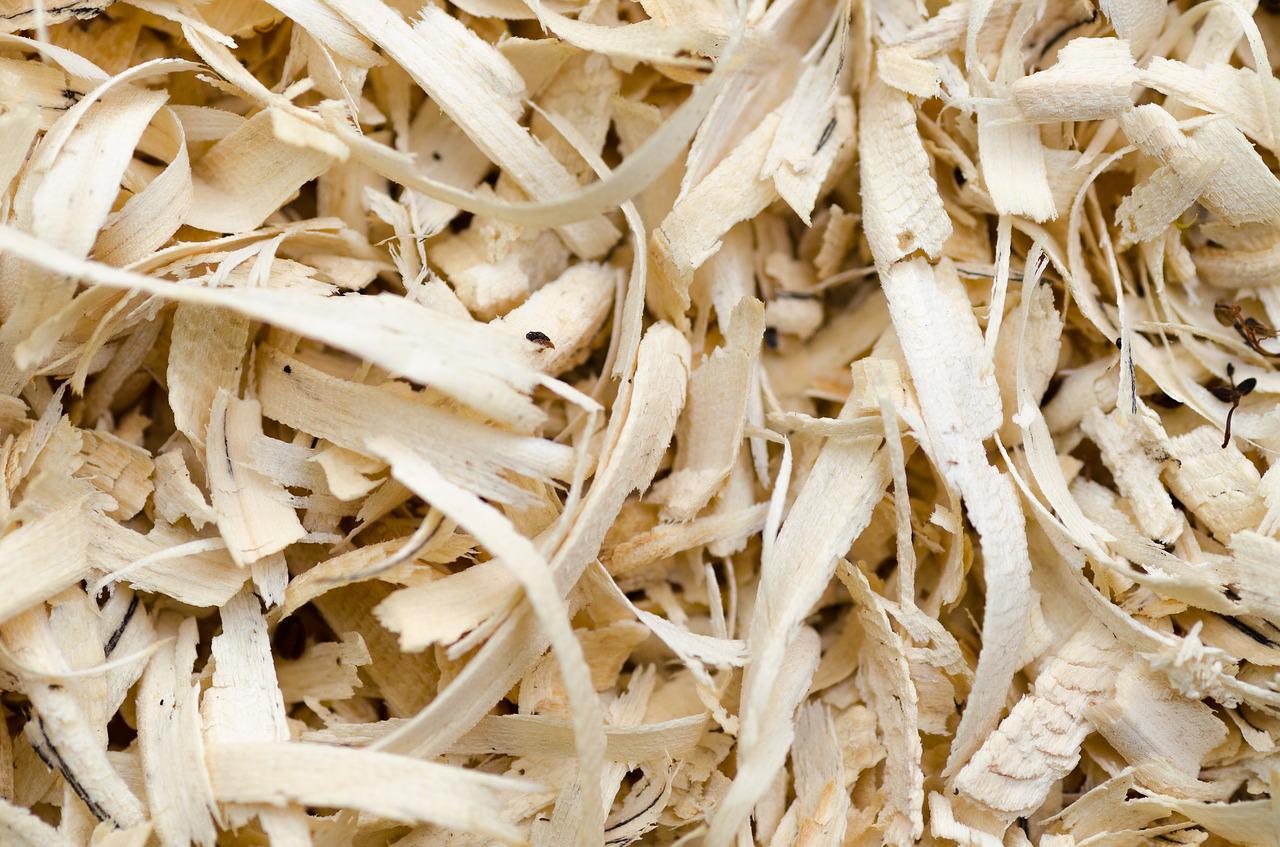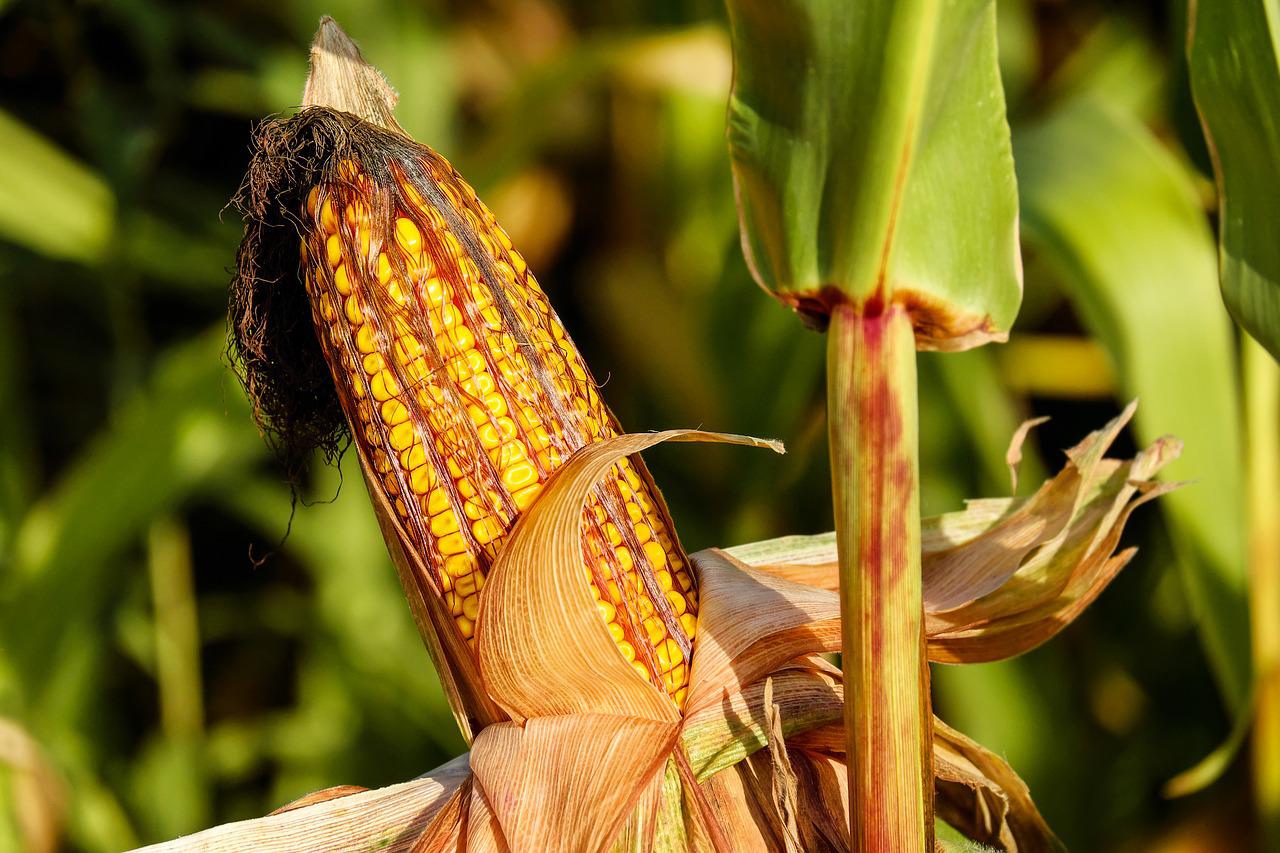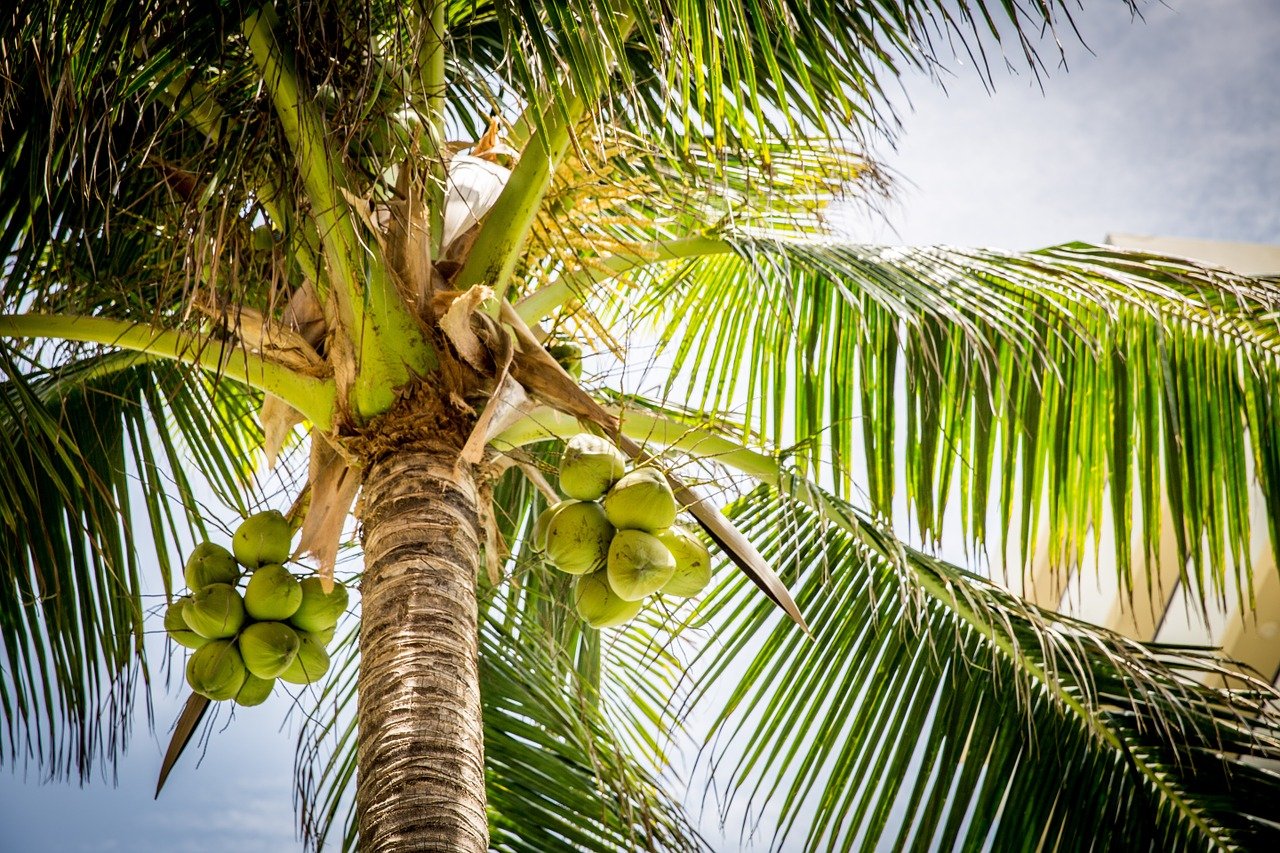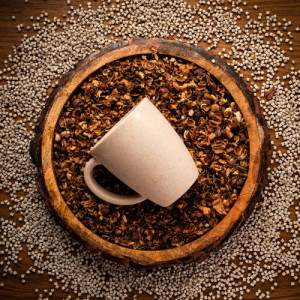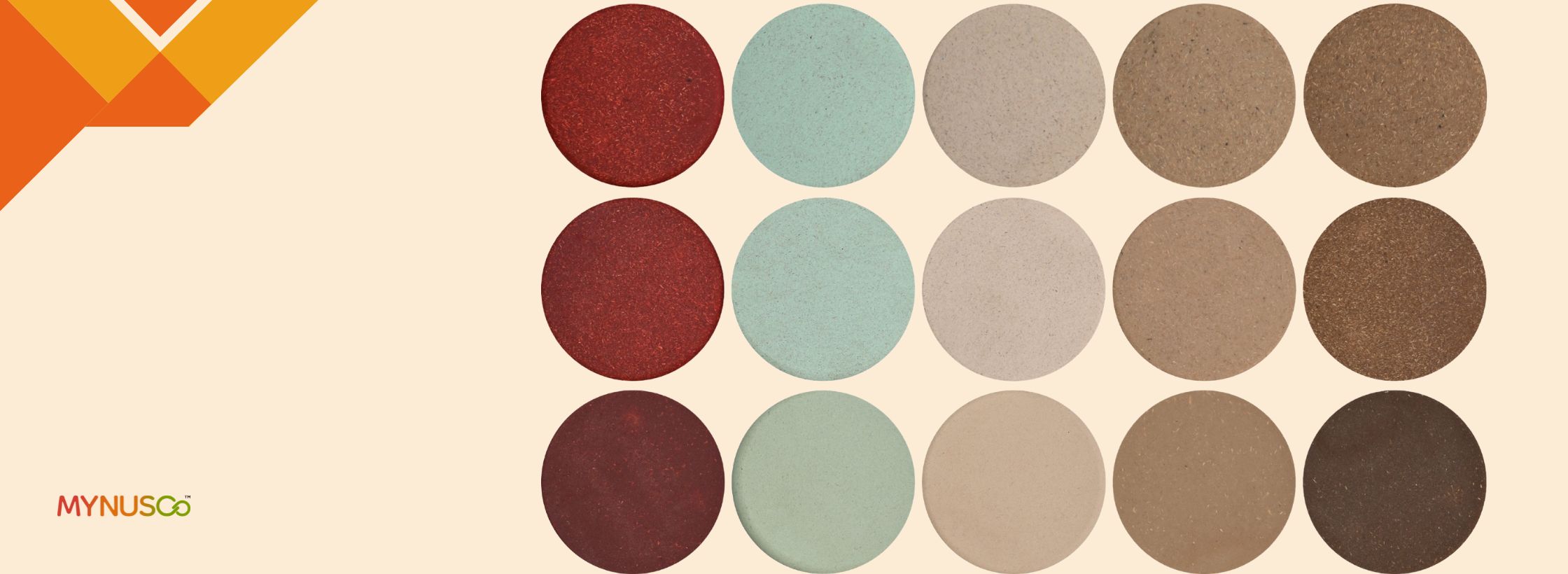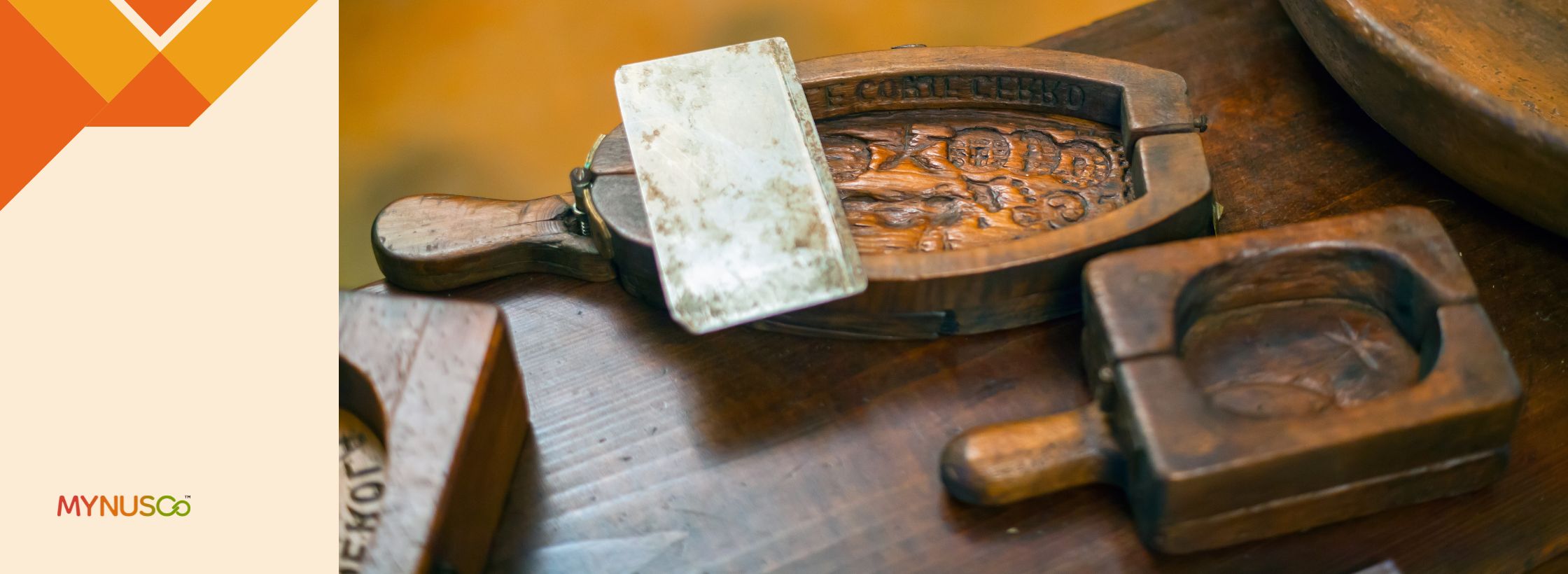We use a wide range of fast-renewables in our biocomposites
Inspired by nature, benefits of crop-residue and fast-renewables are many
Speak to our experts, let’s build a sustainable future together
Looking for the right sustainable solution may not be an easy task. We are happy to support you with the material selection, processing, product engineering, mould development, part manufacturing and provide clarifications about our materials.
Latest Media – News, Events & Blogs
Benefits of Sustainable Plastic to the Environment
Benefits of Sustainable Plastic to the Environment Why do we need Sustainable plastic? The benefits of plastics are already known – versatile, safe, and economic. Used in making airplanes to [...]
Key considerations for designers while choosing the right biocomposites
How can product designers choose the right biocomposites? The designers have a variety of choice with biocomposites that offers different aesthetics and haptics based on the type of natural fibers, [...]
Mould design considerations for using biocomposites
Top three considerations while designing moulds for using biocomposites Behavior of biocomposites while manufacturing products is very much similar to traditional plastics. As a result, the shift from plastics to [...]

